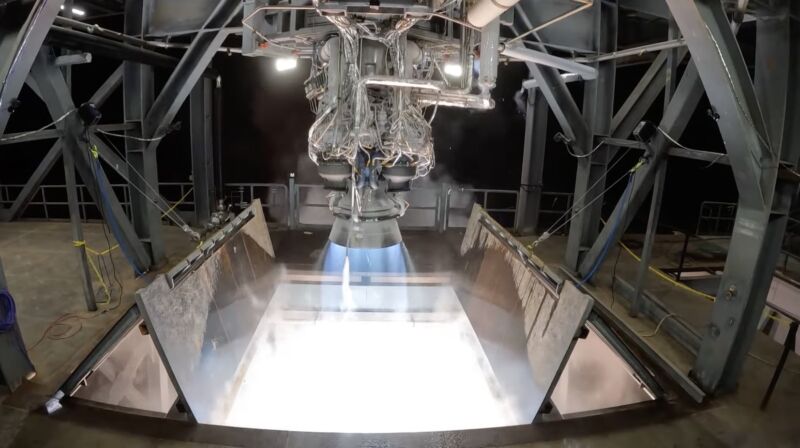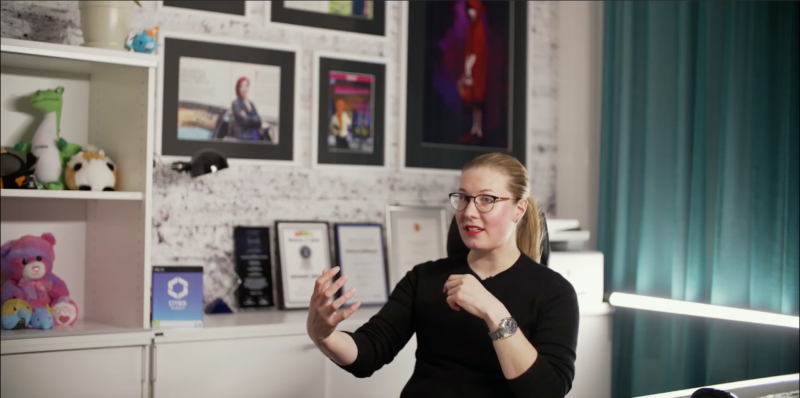
Enlarge / Colossal Order CEO Mariina Hallikainen, from the company’s “Winter Recap” video. (credit: Colossal Order/Paradox Interactive/YouTube)
It’s not often you see the CEO of a developer suggest their game is “cursed” in an official, professionally produced video, let alone a video released to celebrate that game. But Colossal Order is not a typical developer. And Cities: Skylines 2 has not had anything close to a typical release.
In a “Winter Recap” video up today for Cities: Skylines 2 (C:S2), CEO Mariina Hallikainen says that her company’s goal was to prevent the main issue they had with the original Cities: Skylines: continuing work on a game that was “not a technical masterpiece” for 10 years or more. The goal with C:S2 was to use the very latest technology and build everything new.
“We are trying to make a city-building game that will last for a decade,” Hallikainen says in the video. “People didn’t understand; we aren’t using anything from Cities: Skylines. We’re actually building everything new.” Henri Haimakainen, game designer, says Colossal Order is “like fighting against ourselves, in a way. We are our own worst competition,” in trying to deliver not only the original game, but more.
Read 42 remaining paragraphs | Comments
Source: Ars Technica – An Interview with Cities: Skylines 2 developer’s CEO, Mariina Hallikainen





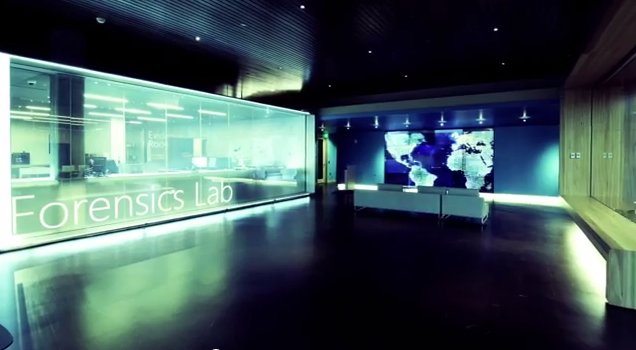




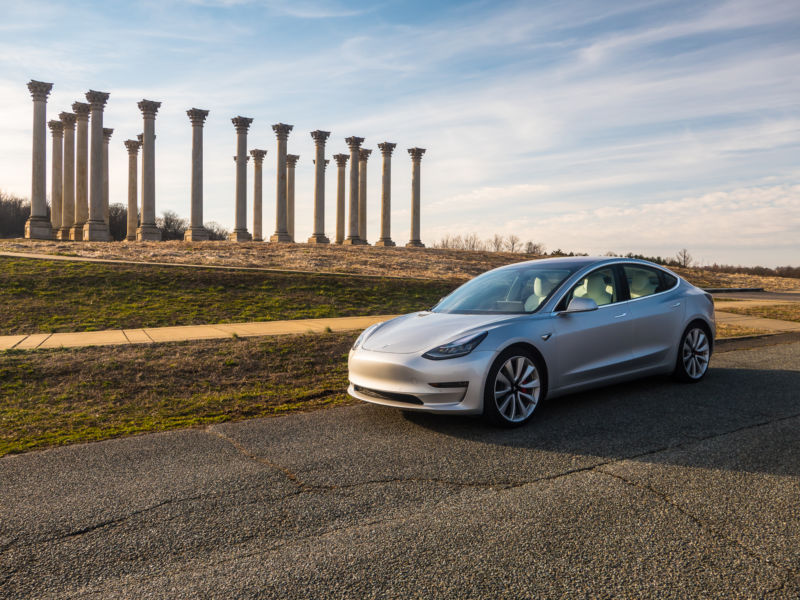



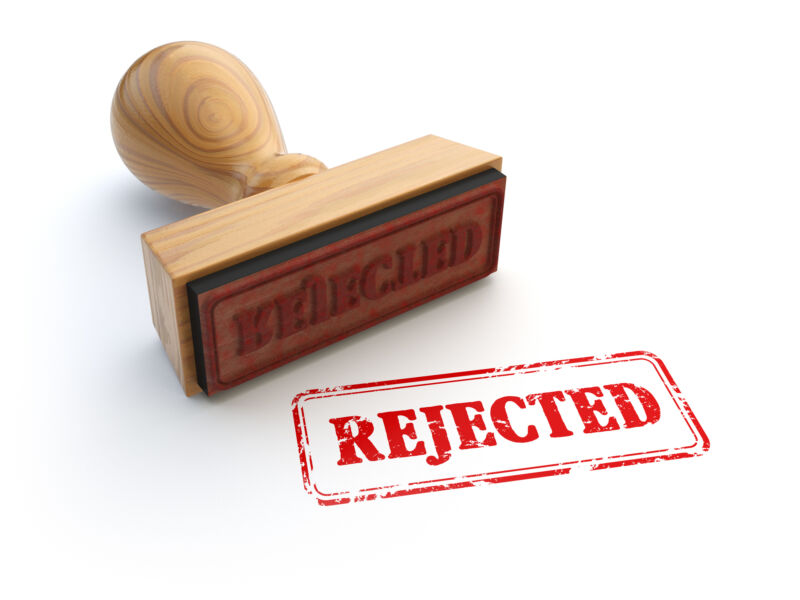

 – Our generated anchors deliver stories that are informative, heartfelt and entertaining.
– Our generated anchors deliver stories that are informative, heartfelt and entertaining.
